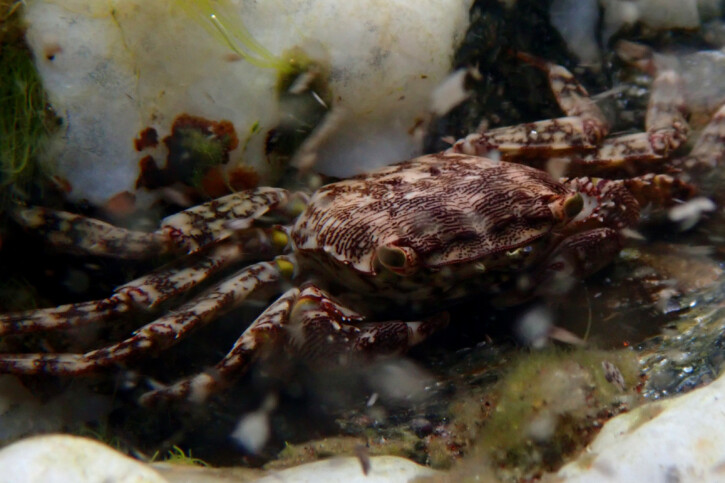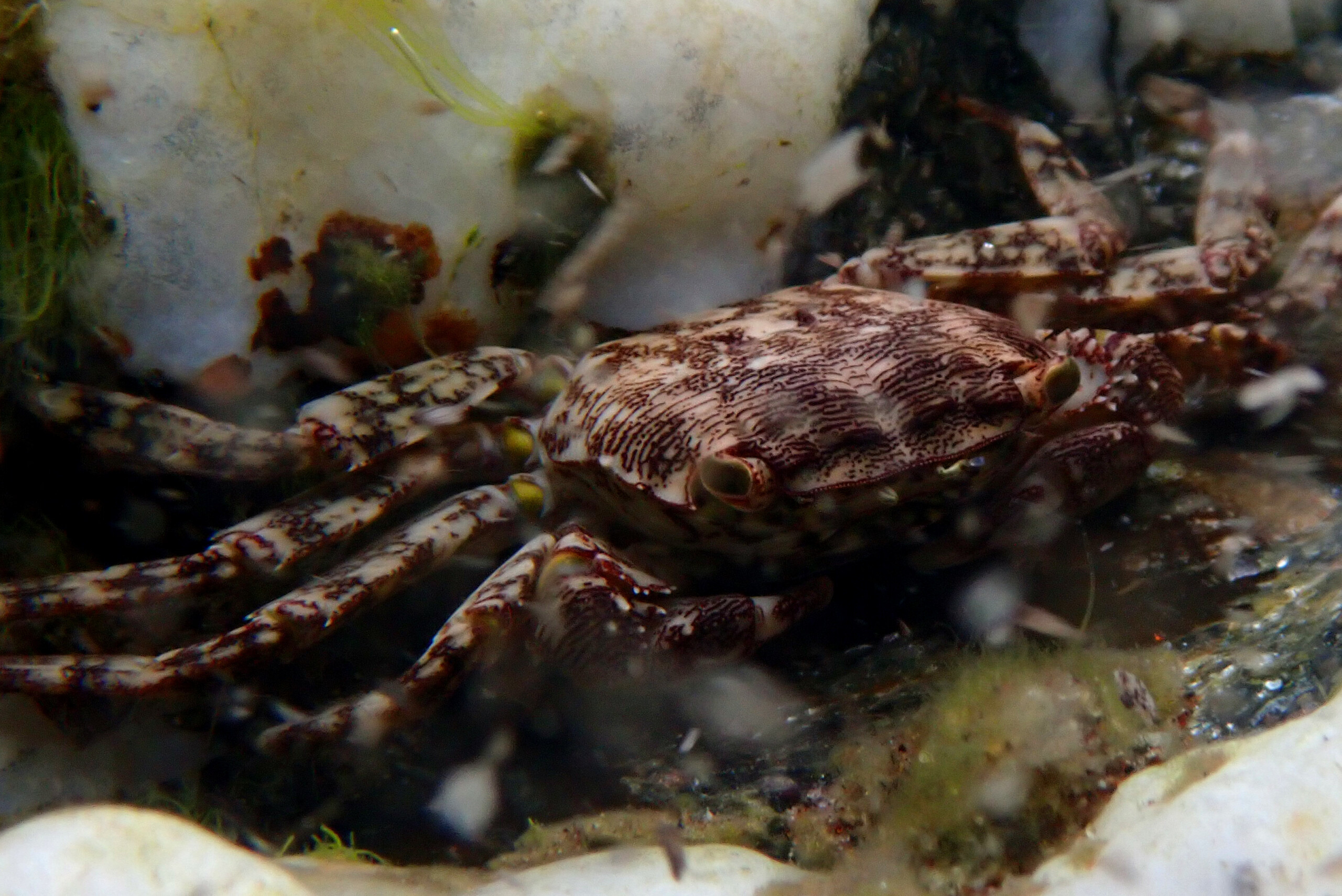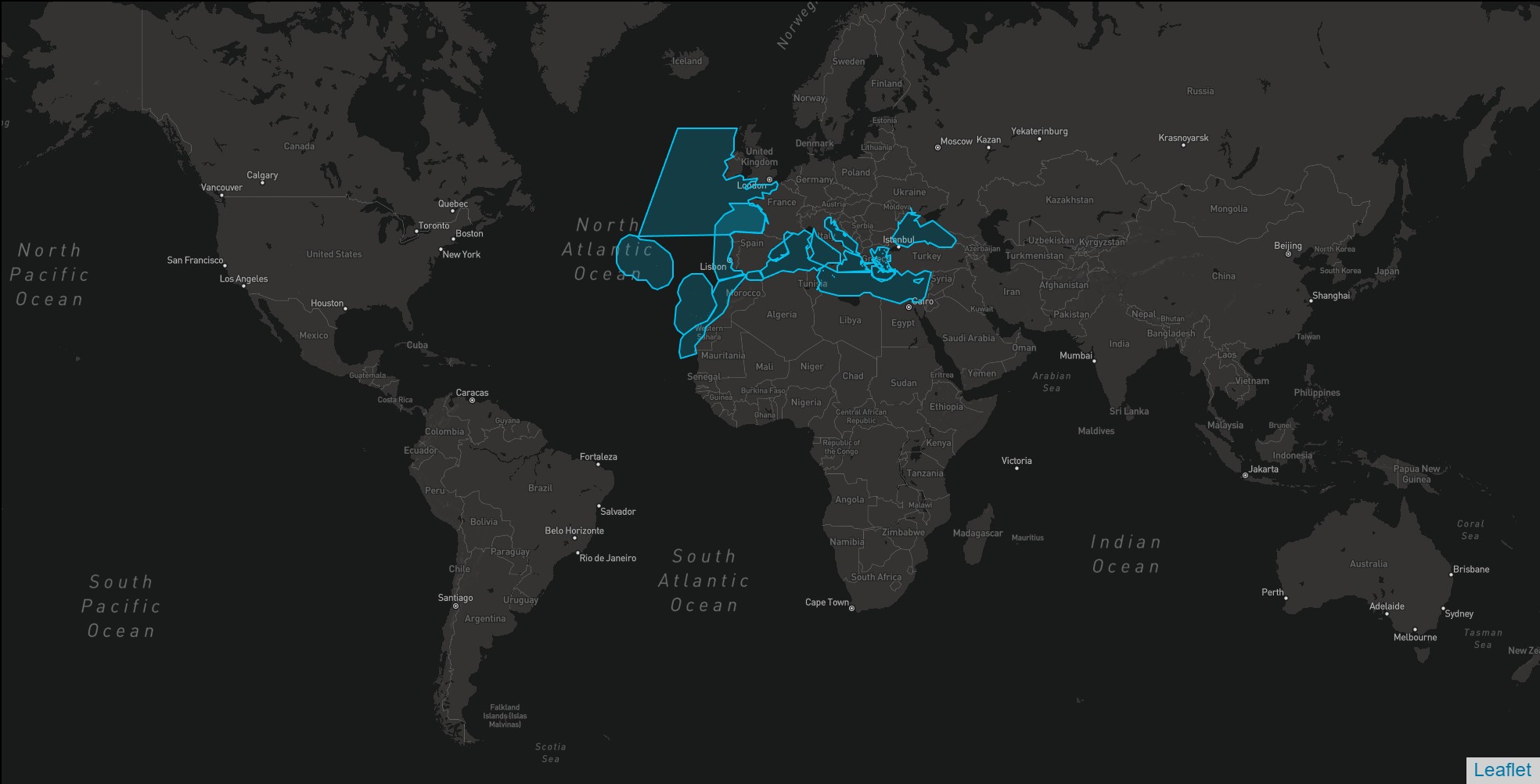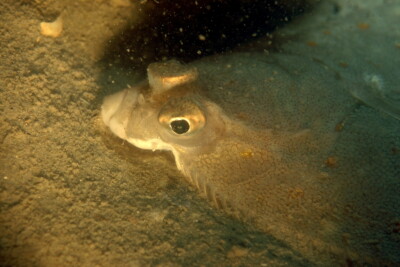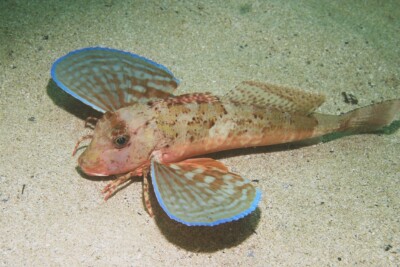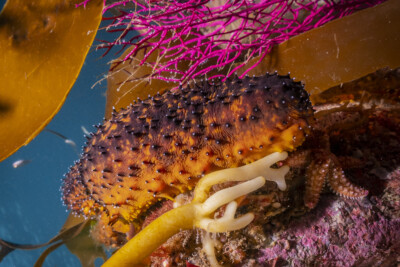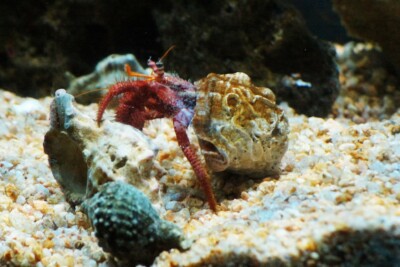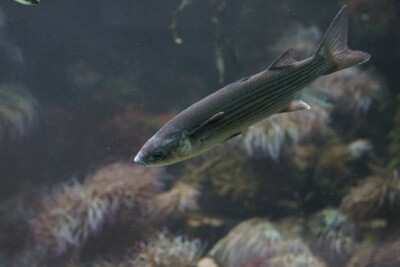Introduction
Pachygrapsus marmoratus is a little salt water crustacea.
This sheet is currently being prepared. The texts currently proposed come from our data model or are being drafted. To request priority for this content, you can write to us HERE.
Who is it?
Morphology
-
Average size3 cm
-
Maximum size4 cm
-
Longevity4 year
-
Patternmottling
-
Average size3 cm
-
Maximum size4 cm
-
Longevity4 year
-
Patternmottling
How to recognize this crustacea ?
Pachygrapsus marmoratus measures between 3 and 4 cm. Given its small size, this species is commonly referred to as a "dwarf" animal. this crustacea is multicolore with a predominantly jaune, noir, marron and violet body. The also has jaune mottling.
Behaviour & Life cycle
-
Sociabilitysolitary
-
territorialNo
-
VenomousNo
-
Way of livingnocturnal
Being an amphibian, it is equipped to get out of the water regularly. When it is outside, it does not use the oxygen of the air but the one kept in reserve in the cavities where its gills are.
Like all crustaceans, Pachygrapsus marmoratus molts whenever it becomes cramped in its shell. Before the hardening of its new body, it is more vulnerable and spends a good part of its time hidden. This mechanism, very complex, allows the periodic renewal of the exoskeleton and part of the internal skeleton. It is also during the moult that the females become fertile.
Pachygrapsus marmoratus is a crustacea solitary. This species is scavenger . this crustacea lives mainly at night. Usually, it leaves its hiding place and starts to be active once it gets dark. Measuring only a few centimeters, this small species tends to be discreet and hide in the presence of larger neighbors.
Although Pachygrapsus marmoratus is non-territorial, it is sometimes aggressive towards other species.
Reproduction
-
Reproductionovipare
Pachygrapsus marmoratus is a crustacea ovipare.
Harmless species
This species does not represent any particular threats to humans when encountered in its natural environment.
Origin and distribution
Conservation status of populations (IUCN)
What is its habitat?
Natural environment characteristics
-
Depth0 - 0 m
Biotope presentation
This species lives in decaying vegetation (branches, leaves) in low current areas.
Species of the same biotope
To go further
Sources & Contributions
Participation & Validation
The Fishipedia team and specialist contributors are committed to providing high-quality content. However, although the information comes from scientific sources or testimonials from specialists, the cards may contain inaccuracies.

Aurélien Calas
Translation
Translation done with the valuable contribution of our translators, who make this information available to a wider audience. We sincerely thank them for their commitment.
Scientific partners
Tags
Species of the same biotope
